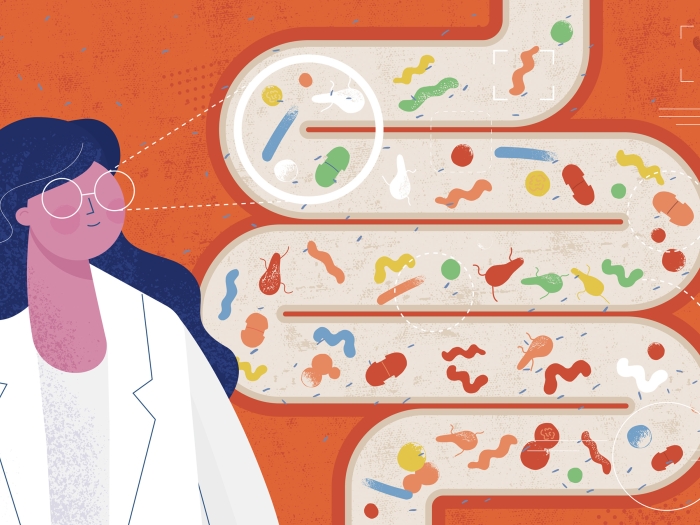Researchers continue to hone in on how best to prevent blood clots, which cause strokes and heart attacks, without unintended side effects.
3:18 PM
Author |

A new approach to preventing blood clots, and thus more serious cardiovascular events like stroke, was successful in mouse models without causing major bleeding events.
"It's the only selective inhibitor to block activation of 12-lipoxygenase in the human platelet and prevent blood clots from forming," says study author Michael Holinstat, Ph.D., an associate professor of pharmacology, internal medicine and surgery at Michigan Medicine.
The researchers delivered the new drug, which they call ML355, by combining it with synthetic high density lipoprotein, or sHDL, for this proof-of-concept investigation. First, they tested this in human blood, and then in mouse models. The combination allowed for more precision than most of the antithrombotics currently available.
"We were able to potently and selectively target regions of inflammation and injury in the blood vessel in order to prevent blood clots and thrombosis from occurring," Holinstat says. "The millions of people with cardiovascular disease in the U.S. would benefit greatly from a lower-risk option to avoid thrombosis."
Holinstat adds that this discovery was successfully translated from identification of a critical target in the platelet regulating thrombosis to clinical trials, recently receiving orphan drug designation from the U.S. Food and Drug Administration for prophylactic treatment of heparin-induced thrombocytopenia (HIT). The FDA approved the Investigational New Drug application, and ML355 will begin clinical trials for novel treatment of patients suspected of HIT in March.
Disclosure: ML355 is licensed by Veralox Therapeutics as VLX-1005. Holinstat is a shareholder in Veralox Therapeutics. He also invented ML355 (U.S. patent no. US10,266,488; Japan patent no. 6463366).
Paper cited: "Synthetic high-density lipoproteins loaded with an antiplatelet drug for efficient inhibition of thrombosis in mice," Science Advances. DOI: 10.1126/sciadv.abd0130

Explore a variety of healthcare news & stories by visiting the Health Lab home page for more articles.

Department of Communication at Michigan Medicine
Want top health & research news weekly? Sign up for Health Lab’s newsletters today!





